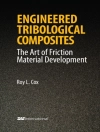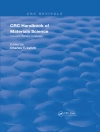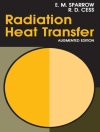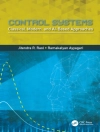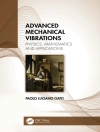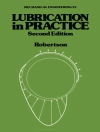The Engineering Approach to Winter Sports presents the state-of-the-art research in the field of winter sports in a harmonized and comprehensive way for a diverse audience of engineers, equipment and facilities designers, and materials scientists. The book examines the physics and chemistry of snow and ice with particular focus on the interaction (friction) between sports equipment and snow/ice, how it is influenced by environmental factors, such as temperature and pressure, as well as by contaminants and how it can be modified through the use of ski waxes or the microtextures of blades or ski soles. The authors also cover, in turn, the different disciplines in winter sports: skiing (both alpine and cross country), skating and jumping, bob sledding and skeleton, hockey and curling, with attention given to both equipment design and on the simulation of gesture and track optimization.
Tabela de Conteúdo
1.Ice and snow for winter sports.- 2.Friction between ski and snow.- 3.Friction between runner and ice.- 4.Alpine Ski.- 5.Cross-country Ski.- 6.Aerodynamics of Ski Jumping.- 7.Bobsleigh and Skeleton.- 8.Ice Skating.- 9.Ice Hockey Skate, Stick Design and Performance Measures.- 10.Curling.- 11.Why did we lose? Towards an integrated approach to Winter Sports Science.




